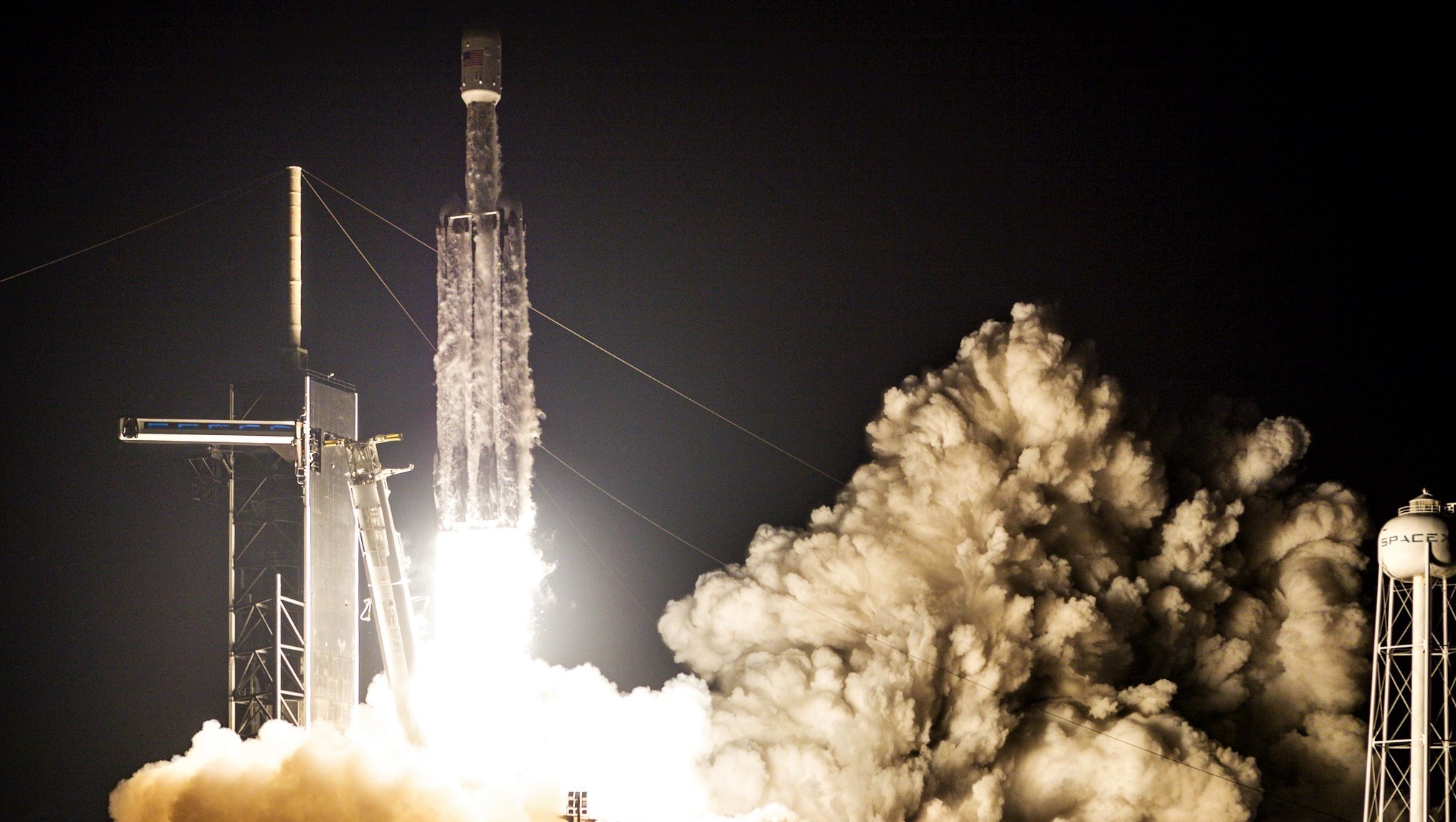
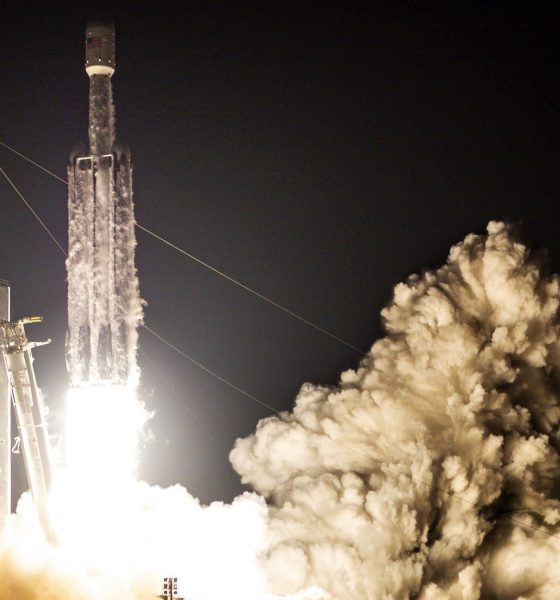
News
SpaceX Falcon Heavy beats out ULA Vulcan rocket for NASA Moon rover launch
SpaceX’s Falcon Heavy rocket appears to have edged out competitor United Launch Alliance’s (ULA) next-generation Vulcan Centaur launch vehicle to send a NASA rover and commercial lander to the Moon in 2023.
Back in August 2019, not long after NASA first began announcing significant contracts under its Commercial Lunar Payload Services (CLPS) program, startup Astrobotic announced that it contracted with ULA to launch its first small “Peregrine” lander and a dozen or so attached NASA payloads to the Moon in 2021. Rather than the extremely expensive but operational Atlas V rocket, the startup instead chose to manifest Peregrine on the first launch of Vulcan Centaur, a new ULA rocket meant to replace both Atlas V and Delta IV Heavy.
Less than two years later, Astrobotic has decided to purchase a dedicated launch from SpaceX – not ULA – for even larger “Griffin” lander that aims to deliver NASA’s ice-prospecting VIPER rover to the Moon and kick off the exploration of permanently-shadowed craters at its south pole.
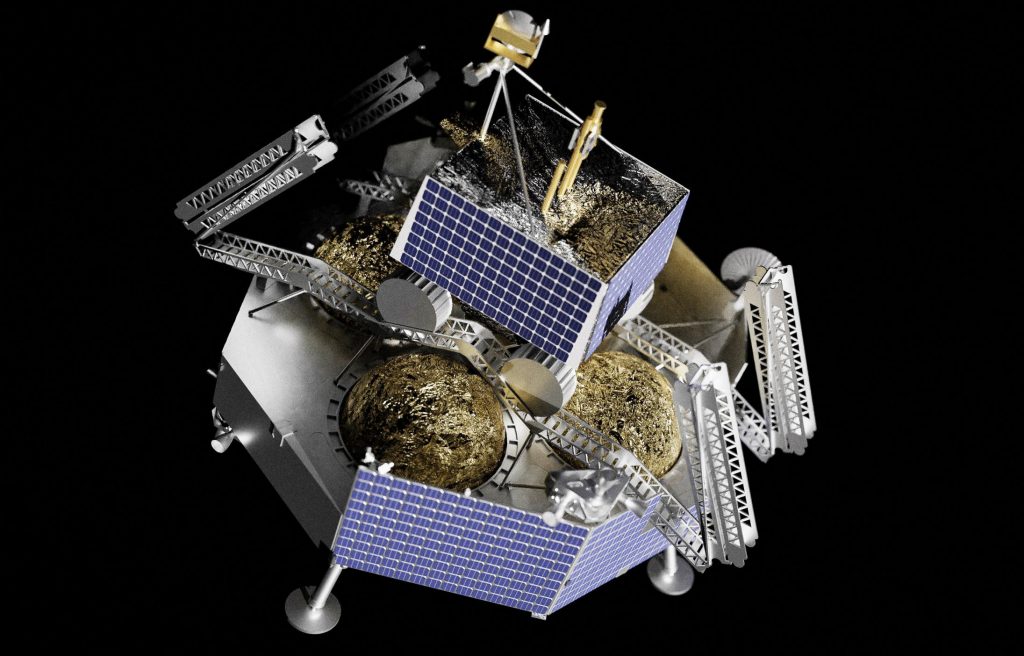
Back in August 2019, Astrobotic’s announcement stated that “it selected United Launch Alliance’s (ULA) Vulcan Centaur rocket in a [highly competitive commercial process].” It later became clear that the Peregrine lander – while still scheduled to be sent directly to the Moon on a trans-lunar injection (TLI) trajectory – would not be the only payload on the mission. None of Vulcan Flight 1’s other payloads are known, but the presence of other paying customers helps explain how Vulcan beat SpaceX for the contract.
More importantly, companies willing to risk their payload(s) on new rockets have historically been enticed to overlook some of that first-flight risk with major discounts. In other words, in the often unlikely event that a company manages to sell a commercial rocket’s first launch, it’s incredibly unlikely that the same rocket will ever sell that cheaply again.
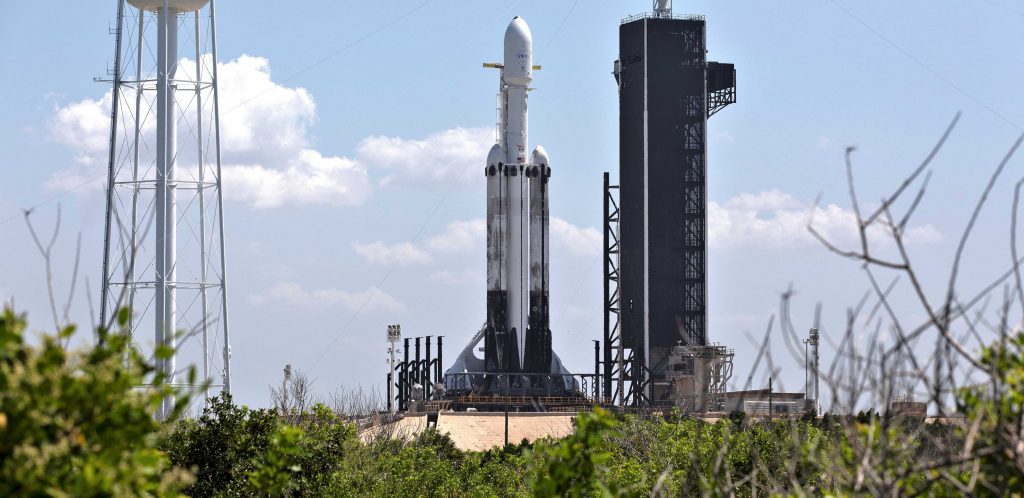
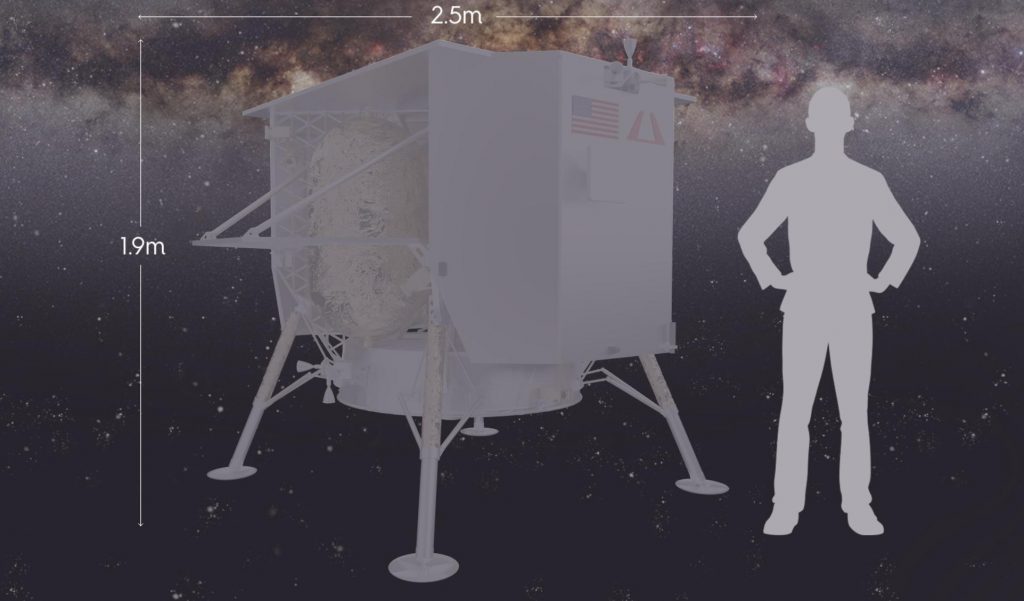
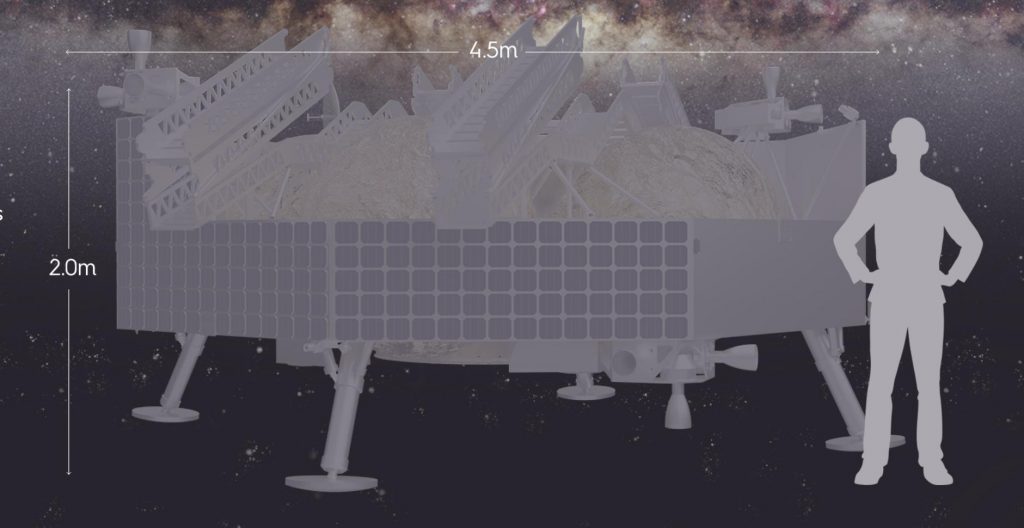
That appears to be exactly the case for ULA’s Vulcan Centaur rocket, which secured a lunar lander contract for its launch debut only to lose a similar lunar lander launch contract from the same company – well within the range of Vulcan’s claimed capabilities – less than two years later. If SpaceX’s relatively expensive Falcon Heavy managed to beat early Vulcan launch pricing, there is virtually no chance whatsoever that Vulcan Centaur will ever be able to commercially compete with Falcon 9.
In fact, back in 2015 when Astrobotic began making noise about its plans to build commercial Moon landers, the larger Griffin was expected to weigh some 2220 kg (~4900 lb) fully-fueled and – when combined with SpaceX’s Falcon 9 workhorse – be able to land payloads as large as 270 kg (~600 lb) on the Moon. It’s unclear if that figure assumed an expendable Falcon 9 launch or if it was using numbers from the rocket’s most powerful variant, which was still a few years away at the time.
Either way, NASA’s VIPER lander – expected to have a launch mass of ~430 kg (~950 lb) – is a bit too heavy for a single-stick Falcon 9 flight to TLI. It’s also reasonable to assume that Griffin’s dry and fueled mass has grown substantially after more than half a decade of design maturation and the first Peregrine lander reaching the hardware production and assembly phase. While Falcon 9 narrowly falls short of the performance needed for Griffin/VIPER, a fully recoverable Falcon Heavy is capable of launching more than 6.5 metric tons to TLI, offering a safety margin of almost 100%.
Astrobotic says it has purchased a dedicated Falcon Heavy launch for Griffin-1 and VIPER, but it would be far from surprising to see one or multiple secondary payloads find their way onto a mission with multiple tons of extra capacity. Presumably assuming that its Q4 2021 or early 2022 Peregrine Moon landing debut is successful, Astrobotic and SpaceX aim to land Griffin-1 and NASA’s VIPER rover on the Moon as early as “late 2023.”

News
Man credits Grok AI with saving his life after ER missed near-ruptured appendix
The AI flagged some of the man’s symptoms and urged him to return to the ER immediately and demand a CT scan.

A 49-year-old man has stated that xAI’s Grok ended up saving his life when the large language model identified a near-ruptured appendix that his first ER visit dismissed as acid reflux.
After being sent home from the ER, the man asked Grok to analyze his symptoms. The AI flagged some of the man’s symptoms and urged him to return immediately and demand a CT scan. The scan confirmed that something far worse than acid reflux was indeed going on.
Grok spotted what a doctor missed
In a post on Reddit, u/Tykjen noted that for 24 hours straight, he had a constant “razor-blade-level” abdominal pain that forced him into a fetal position. He had no fever or visible signs. He went to the ER, where a doctor pressed his soft belly, prescribed acid blockers, and sent him home.
The acid blockers didn’t work, and the man’s pain remained intense. He then decided to open a year-long chat he had with Grok and listed every detail that he was experiencing. The AI responded quickly. “Grok immediately flagged perforated ulcer or atypical appendicitis, told me the exact red-flag pattern I was describing, and basically said “go back right now and ask for a CT,” the man wrote in his post.
He copied Grok’s reasoning, returned to the ER, and insisted on the scan. The CT scan ultimately showed an inflamed appendix on the verge of rupture. Six hours later, the appendix was out. The man said the pain has completely vanished, and he woke up laughing under anesthesia. He was discharged the next day.
How a late-night conversation with Grok got me to demand the CT scan that saved my life from a ruptured appendix (December 2025)
byu/Tykjen ingrok
AI doctors could very well be welcomed
In the replies to his Reddit post, u/Tykjen further explained that he specifically avoided telling doctors that Grok, an AI, suggested he get a CT scan. “I did not tell them on the second visit that Grok recommended the CT scan. I had to lie. I told them my sister who’s a nurse told me to ask for the scan,” the man wrote.
One commenter noted that the use of AI in medicine will likely be welcomed, stating that “If AI could take doctors’ jobs one day, I will be happy. Doctors just don’t care anymore. It’s all a paycheck.” The Redditor replied with, “Sadly yes. That is what it felt like after the first visit. And the following night could have been my last.”
Elon Musk has been very optimistic about the potential of robots like Tesla Optimus in the medical field. Provided that they are able to achieve human-level articulation in their hands, and Tesla is able to bring down their cost through mass manufacturing, the era of AI-powered medical care could very well be closer than expected.
News
Tesla expands Model 3 lineup in Europe with most affordable variant yet
The Model 3 Standard still delivers more than 300 miles of range, potentially making it an attractive option for budget-conscious buyers.
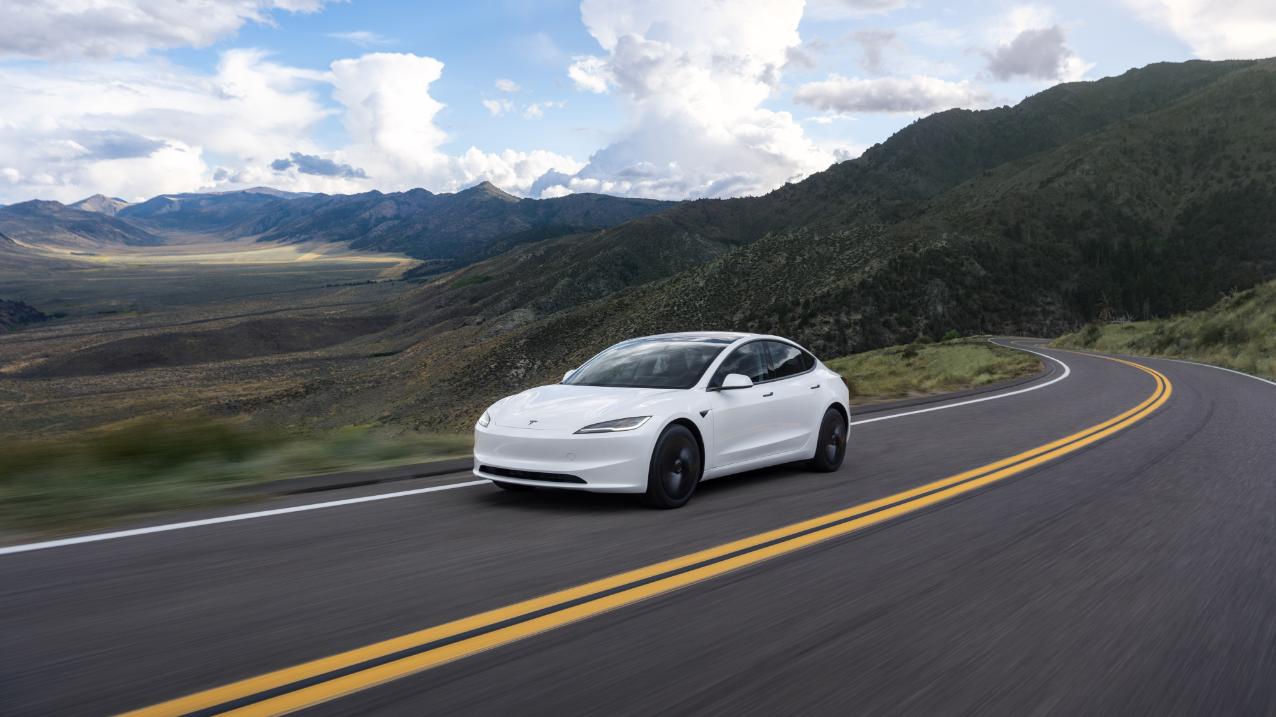
Tesla has introduced a lower-priced Model 3 variant in Europe, expanding the lineup just two months after the vehicle’s U.S. debut. The Model 3 Standard still delivers more than 300 miles (480 km) of range, potentially making it an attractive option for budget-conscious buyers.
Tesla’s pricing strategy
The Model 3 Standard arrives as Tesla contends with declining registrations in several countries across Europe, where sales have not fully offset shifting consumer preferences. Many buyers have turned to options such as Volkswagen’s ID.3 and BYD’s Atto 3, both of which have benefited from aggressive pricing.
By removing select premium finishes and features, Tesla positioned the new Model 3 Standard as an “ultra-low cost of ownership” option of its all-electric sedan. Pricing comes in at €37,970 in Germany, NOK 330,056 in Norway, and SEK 449,990 in Sweden, depending on market. This places the Model 3 Standard well below the “premium” Model 3 trim, which starts at €45,970 in Germany.
Deliveries for the Standard model are expected to begin in the first quarter of 2026, giving Tesla an entry-level foothold in a segment that’s increasingly defined by sub-€40,000 offerings.
Tesla’s affordable vehicle push
The low-cost Model 3 follows October’s launch of a similarly positioned Model Y variant, signaling a broader shift in Tesla’s product strategy. While CEO Elon Musk has moved the company toward AI-driven initiatives such as robotaxis and humanoid robots, lower-priced vehicles remain necessary to support the company’s revenue in the near term.
Reports have indicated that Tesla previously abandoned plans for an all-new $25,000 EV, with the company opting to create cheaper versions of existing platforms instead. Analysts have flagged possible cannibalization of higher-margin models, but the move aims to counter an influx of aggressively priced entrants from China and Europe, many of which sell below $30,000. With the new Model 3 Standard, Tesla is reinforcing its volume strategy in Europe’s increasingly competitive EV landscape.
News
Tesla FSD (Supervised) stuns Germany’s biggest car magazine
FSD Supervised recognized construction zones, braked early for pedestrians, and yielded politely on narrow streets.
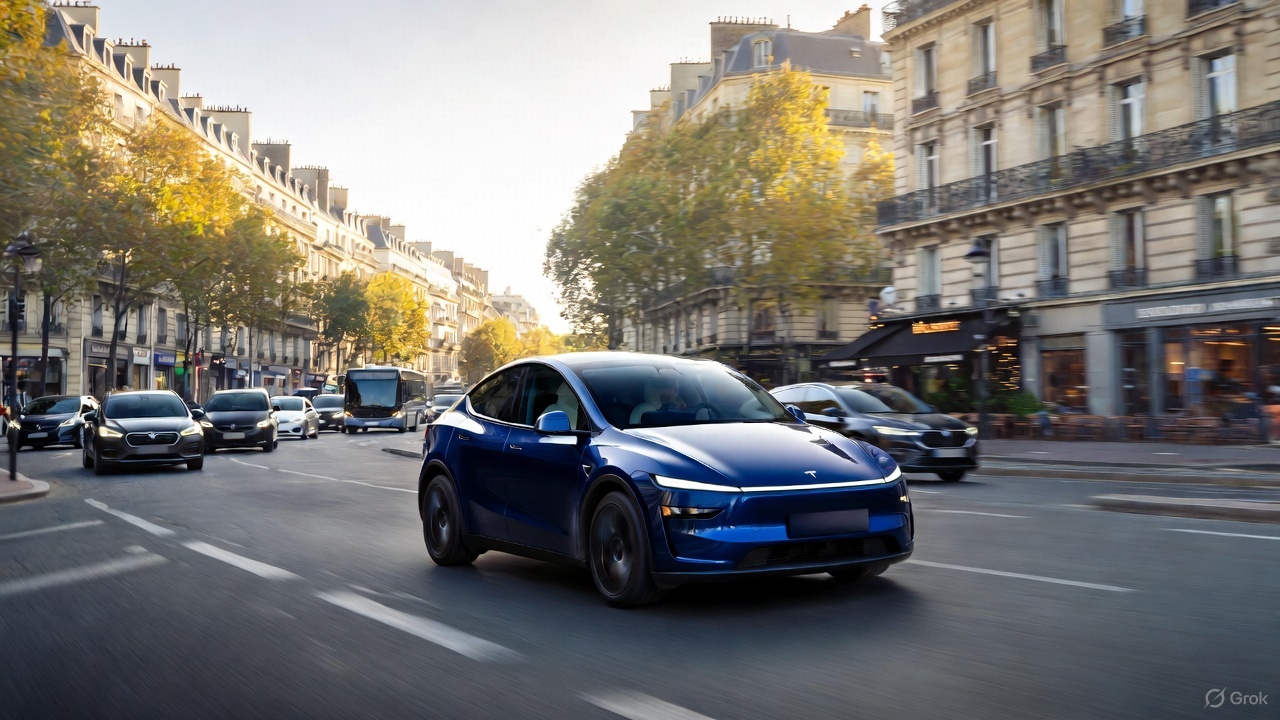
Tesla’s upcoming FSD Supervised system, set for a European debut pending regulatory approval, is showing notably refined behavior in real-world testing, including construction zones, pedestrian detection, and lane changes, as per a recent demonstration ride in Berlin.
While the system still required driver oversight, its smooth braking, steering, and decision-making illustrated how far Tesla’s driver-assistance technology has advanced ahead of a potential 2026 rollout.
FSD’s maturity in dense city driving
During the Berlin test ride with Auto Bild, Germany’s largest automotive publication, a Tesla Model 3 running FSD handled complex traffic with minimal intervention, autonomously managing braking, acceleration, steering, and overtaking up to 140 km/h. It recognized construction zones, braked early for pedestrians, and yielded politely on narrow streets.
Only one manual override was required when the system misread a converted one-way route, an example, Tesla stated, of the continuous learning baked into its vision-based architecture.
Robin Hornig of Auto Bild summed up his experience with FSD Supervised with a glowing review of the system. As per the reporter, FSD Supervised already exceeds humans with its all-around vision. “Tesla FSD Supervised sees more than I do. It doesn’t get distracted and never gets tired. I like to think I’m a good driver, but I can’t match this system’s all-around vision. It’s at its best when both work together: my experience and the Tesla’s constant attention,” the journalist wrote.
Tesla FSD in Europe
FSD Supervised is still a driver-assistance system rather than autonomous driving. Still, Auto Bild noted that Tesla’s 360-degree camera suite, constant monitoring, and high computing power mark a sizable leap from earlier iterations. Already active in the U.S., China, and several other regions, the system is currently navigating Europe’s approval pipeline. Tesla has applied for an exemption in the Netherlands, aiming to launch the feature through a free software update as early as February 2026.
What Tesla demonstrated in Berlin mirrors capabilities already common in China and the U.S., where rival automakers have rolled out hands-free or city-navigation systems. Europe, however, remains behind due to a stricter certification environment, though Tesla is currently hard at work pushing for FSD Supervised’s approval in several countries in the region.








